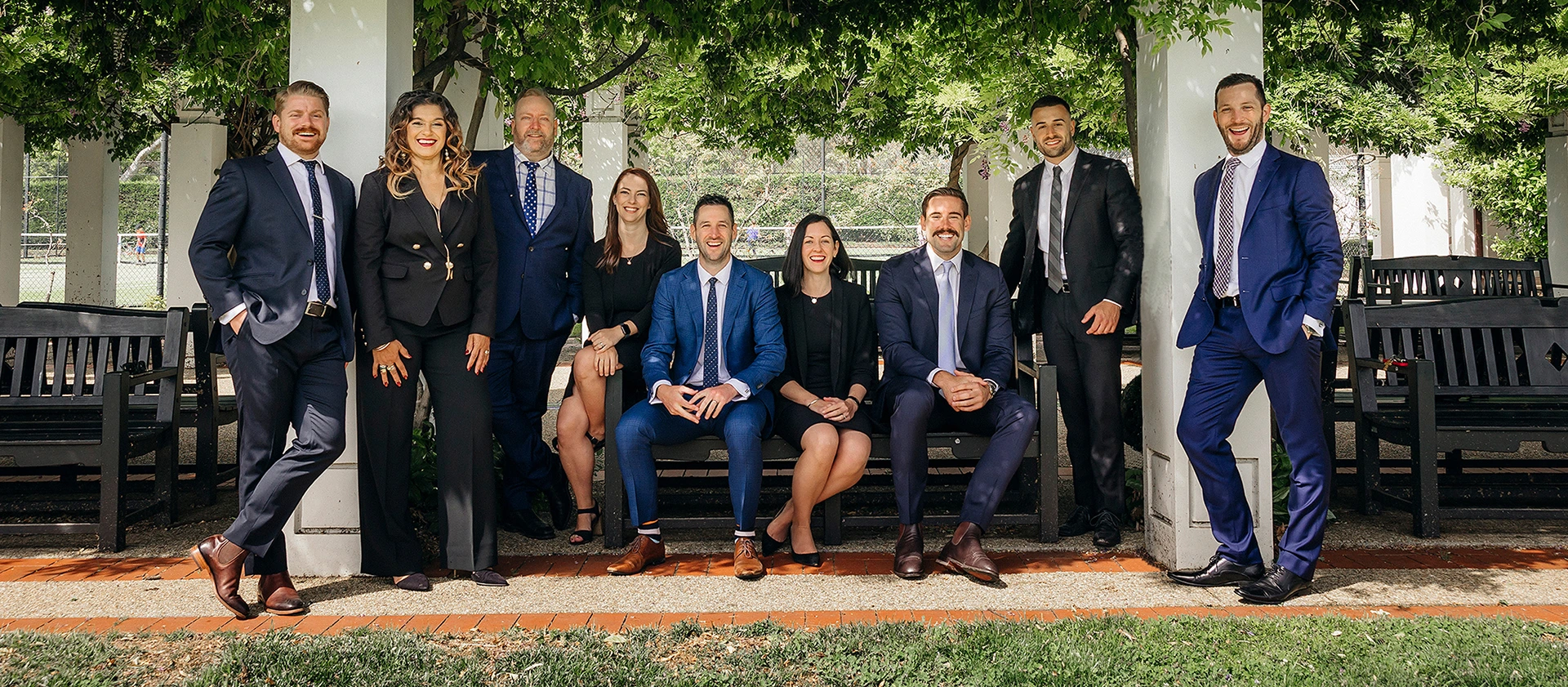 You’re getting ready to lodge an application and looking into the different types of options available. But you’re starting to feel a little overwhelmed. Basic vs package, variable rate vs fixed rate… what should you choose? What’s going to fit best with the way you like to manage your money? To assist with your research, here we outline the pros and cons of different loan types available.
You’re getting ready to lodge an application and looking into the different types of options available. But you’re starting to feel a little overwhelmed. Basic vs package, variable rate vs fixed rate… what should you choose? What’s going to fit best with the way you like to manage your money? To assist with your research, here we outline the pros and cons of different loan types available.
Basic Variable Rate Loan
With a basic variable rate loan, you get simply that – a simple loan (with no bells and whistles) that has a variable interest rate. A variable interest rate is one that can fluctuate throughout the life of the loan, meaning your repayment can go up and down over the loan term too.
Factors that can cause changes to the variable interest rate:
- the Royal Bank of Australia’s (RBA) decisions regarding the official cash rate – as we’ve seen recently. (For more on why interest rates have been/ are increasing, read our post here)
- lenders changing rates independently of the RBA’s cash rate (this is a much less common reason for lenders changing their variable rates)
In terms of functionality, variable rate loans provide flexibility because you’re typically not restricted in making extra payments. Making extra payments into your loan will help to pay your loan off/ down sooner and with a variable rate, there are no penalties/extra fees for doing this.
Any additional payments you make into the loan can also be drawn back out via “redraw” (generally at no cost, depending on the lender). Some clients like to park their main savings in the loan itself to help reduce their interest costs, knowing this can be drawn back out at some point to renovate the kitchen/build a deck etc.
Basic variable rate loans are known for their competitive rates and low/no ongoing fees.
Fixed Rate Loan
Fixed rates are pretty much the opposite of variable because when you select a fixed rate period, you are locking in a specific rate (and repayment) for a specific period of time. Lenders offer particular fixed rates depending on how long you fix in for, so a 1 year fixed rate may be very different from a 2 year fixed rate etc. Once the fixed rate period is over, the loan simply reverts to a variable rate.
If you’re worried about interest rates, fixed rate loans can offer peace of mind and provide what we like to call the ‘sleep at night’ factor. You can rest easily knowing your repayments will remain the same for 1, 2 or 3 years (however long you fixed in for), which will assist with your monthly budgeting.
Something to note with fixed rate loans – the interest rate applicable at the time of settlement (not the time you apply for the loan) will be the interest rate that applies to your loan. Most lenders have an option to lock in the current fixed rate at the time you apply for the loan. This is known as ‘rate lock’ and essentially holds the current fixed rate you have selected for 90 days. There’s an additional fee to do this and you need to be sure you can settle the loan within the 90 days. Else, the rate lock request will expire and you will have paid a fee to lock in a rate that you don’t end up securing.
In terms of functionality, fixed rate loans are pretty restrictive. Whilst you can sometimes make additional payments into the loan depending on the lender, you’re typically capped as to how much can make per annum/ during the fixed term. Plus, any additional payments you make typically aren’t accessible via redraw either.
You can’t generally link an offset account to a fixed rate loan and if you want to sell or refinance the property whilst the loan is still in the fixed rate term, a break cost fee is generally payable. In terms of what this break cost might be, it can’t be determined ahead of time because its dependent on interest rates at the time AND how long the fixed rate term has left at time of breaking.
Packaged Loan
A packaged loan structure allows you to have one or more loans under a ‘package’ and provides access to additional features/ benefits from a lender.
For the price of an annual fee (which ranges from approx $300 – $400), an annual package can provide:
- The ability to link an offset account to a variable loan. (See here for more info on how offset accounts work)
- The ability to split your total lending amount into two separate loans – i.e. have half variable and half fixed. This allows you to have the ‘best of both worlds’ in terms of functionality, flexibility and peace of mind. You don’t necessarily need to set this up at the start either. With a packaged loan, you have the option to switch some of your lending to a fixed rate loan at any time you want post settlement (typically at no cost – because this variation is covered by the annual package fee)
- Discounted variable and fixed rates – in some cases, these can be more competitive than the basic loan product
- Fee free credit cards, discounts on insurances – depending on the offering of specific lenders
If you have multiple loans, a combination of investment and owner occupied debt, like to keep your savings separate from the loan itself, and/or want the flexibility to lock in a fixed rate loan at any time post settlement, a packaged structure can be a good option. The main consideration here is to ensure you’re getting enough benefit from the features provided by a packaged loan to warrant paying an annual package fee.
If you’re looking for help to determine what loan is going to be most suitable for you and your personal situation, please give our team a call on 02 6286 6501, or reach out to us here.

